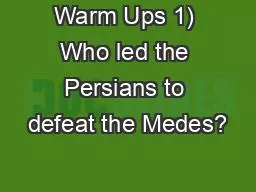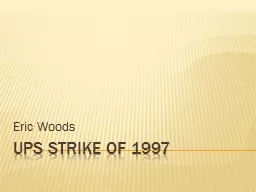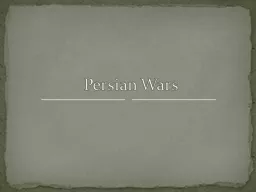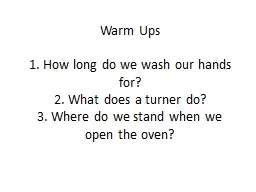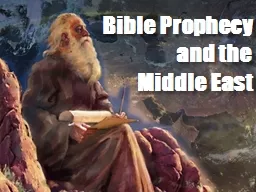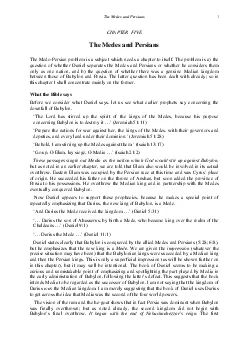PPT-Warm Ups 1) Who led the Persians to defeat the Medes?
Author : importedferrari | Published Date : 2020-08-28
2 Why were conquered people allowed to keep their own customs under Persian rule Chapter 9 The Greek World Mr Hollingsworths World History November 27 2017 Section
Presentation Embed Code
Download Presentation
Download Presentation The PPT/PDF document "Warm Ups 1) Who led the Persians to defe..." is the property of its rightful owner. Permission is granted to download and print the materials on this website for personal, non-commercial use only, and to display it on your personal computer provided you do not modify the materials and that you retain all copyright notices contained in the materials. By downloading content from our website, you accept the terms of this agreement.
Warm Ups 1) Who led the Persians to defeat the Medes?: Transcript
Download Rules Of Document
"Warm Ups 1) Who led the Persians to defeat the Medes?"The content belongs to its owner. You may download and print it for personal use, without modification, and keep all copyright notices. By downloading, you agree to these terms.
Related Documents

